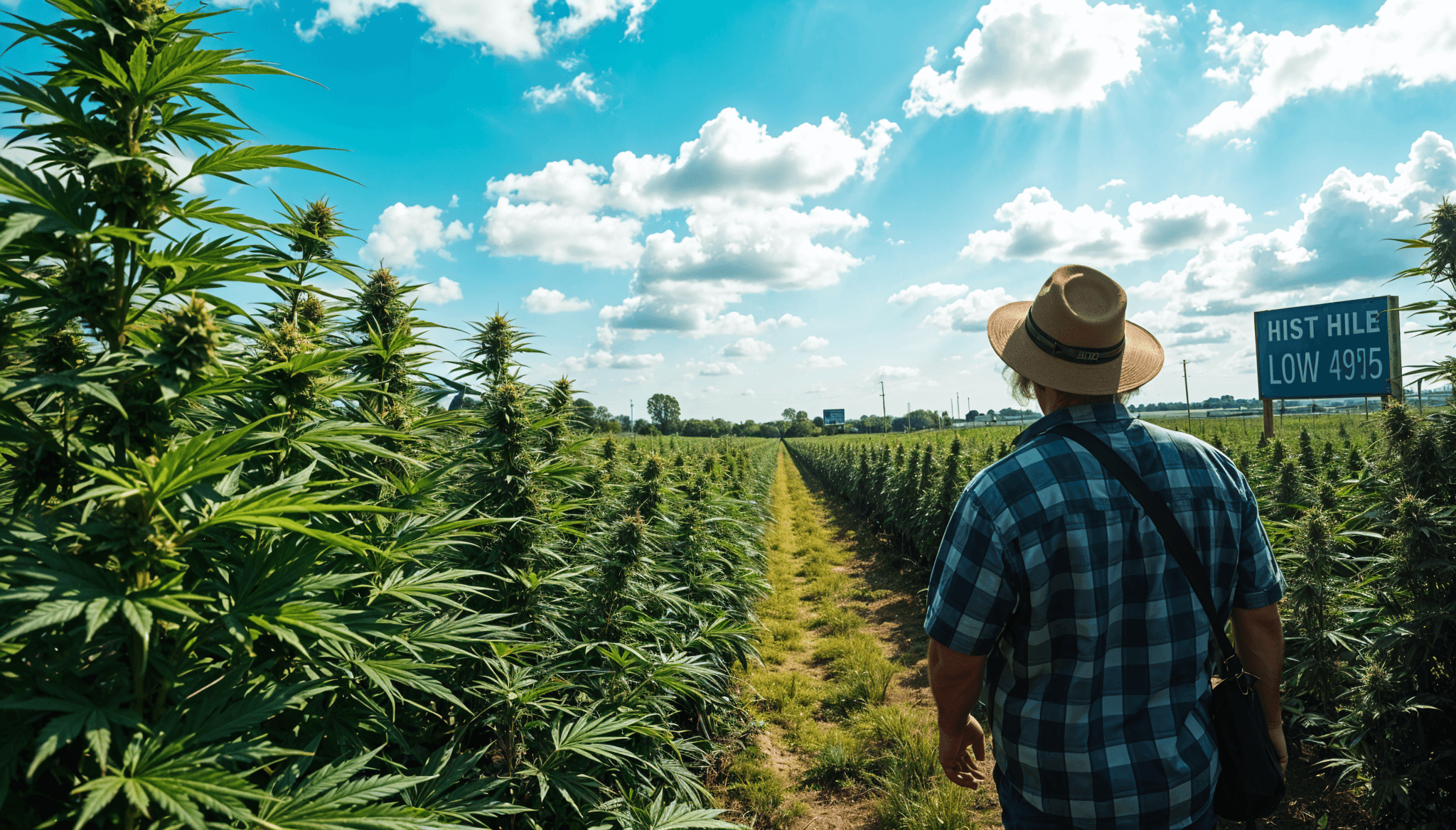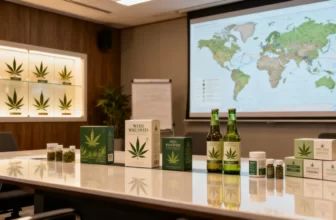The cannabis market in Michigan has been undergoing significant changes. As prices hit record lows, various factors are influencing the market dynamics. This article explores these developments and their impact on the industry.
Current price trends
Michigan’s retail cannabis market experienced a notable drop in prices, with the average cost of an ounce falling to $79.70 in July. This marked a new low compared to previous records. Cannabinoid enthusiasts have seen fluctuations before, but this year stands out due to a striking 14.5% decrease in prices for adult-use products.
The decline can be attributed to several factors, including increased competition among growers and the influx of last year’s stock, which must be cleared before the new harvest season, “Croptober” begins. Market saturation with indoor and outdoor cultivation plays a significant role in driving prices down.
Oversupply issues
One of the primary reasons for the prices dropping is the oversupply in the market. Many cultivators have excess inventory from previous years that they must sell off at lower prices to make room for the new influx of products. Indoor farms are particularly affected, often selling last year’s crop at heavily reduced rates.
This scenario is creating an environment where more producers are offering lower price points to compete, further compressing profit margins across the board.
Impact of illicit operations
Another contributing factor to the current pricing landscape is ongoing competition from unregulated sources. Despite enforcement actions taken against illicit operators, these entities continue to influence the market by providing alternative options that attract consumers looking for even cheaper deals.
Enforcement measures have yet to eradicate unregulated sales completely. Due to their presence, legal sellers must continually adjust their prices to remain competitive, fostering a challenging economic environment for compliant businesses.
Market performance and future outlook
Despite the pressure of dropping prices, Michigan’s overall cannabis market remains robust. In July alone, total sales reached an impressive $268.4 million. Although slightly behind the March peak of $286.8 million, these figures highlight a consistent demand within the state.
Looking forward, the market may see further shifts as the industry braces for Croptober. Outdoor growers will soon add a substantial amount of new product to the market, which could lead to additional price adjustments. Industry insiders predict continued price volatility as supply and demand stabilize.
Croptober preparations
As Croptober approaches, growers and retailers are prepping for another large influx of outdoor-grown cannabis. This season typically brings abundant yields, which must be swiftly moved through the supply chain before saturating the market even further.
Indoor and outdoor growers each face unique challenges during this period. For those cultivating under controlled conditions, clearing last year’s stock becomes crucial to accommodate the incoming fresh crops. Retailers also strategize promotional campaigns and pricing models to navigate this dynamic landscape effectively.
The cannabis market in Michigan is currently navigating a complex set of influences, from an oversaturated supply and depressed prices to the challenge of remaining competitive amid unregulated alternatives. Understanding these factors provides valuable insights into the evolving dynamics of the state’s burgeoning cannabis industry.
With continued interest and innovation, stakeholders will likely adapt and thrive amidst these shifting circumstances, paving the way for a resilient and thriving market ahead.





